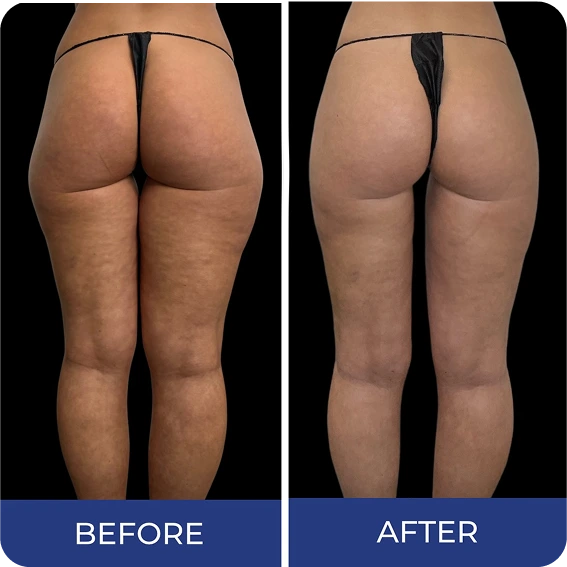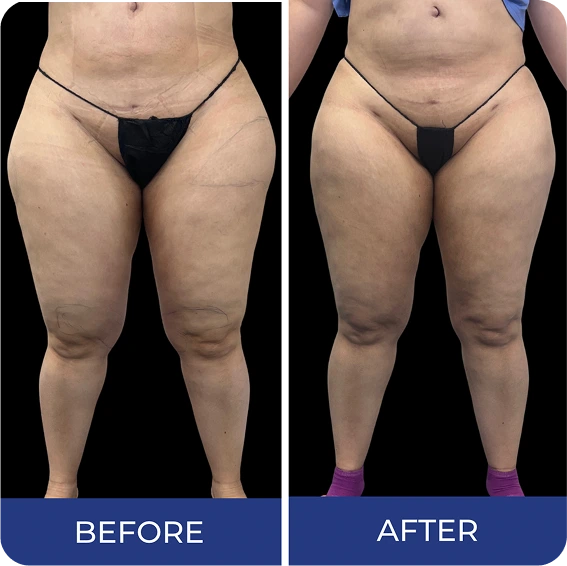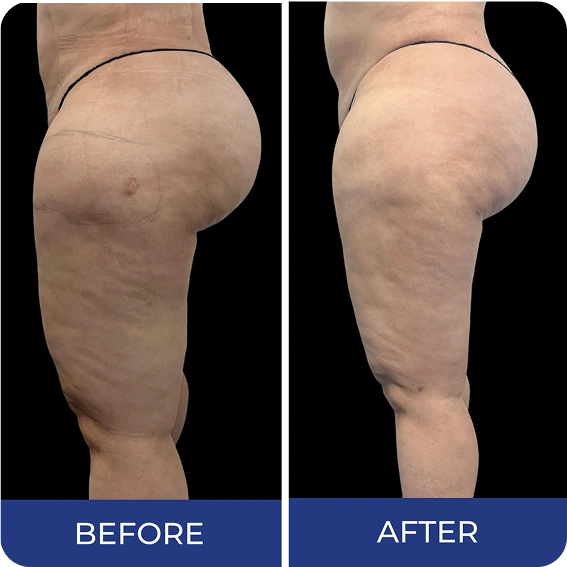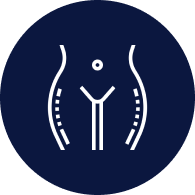





I had an amazing experience at Exert Clinic with Dr. Giselle and her incredible staff! From my initial consultation to my two-week follow-up, I have felt completely supported. Dr. Giselle took the time to thoroughly explain the liposuction procedure, answer all my questions, and set realistic expectations. The day of the procedure went smoothly, and the staff made sure I was comfortable every step of the way. Recovery has been easier than I expected, thanks to their expert guidance. At just two weeks post-op, I'm already seeing a difference, and I can't wait to see my final results in the months to come. I highly recommend Exert Clinic to anyone considering cosmetic procedures-the professionalism, kindness, and expertise here are unmatched. Thank you, Dr. Giselle and team!
Read moreLipedema is a frequently misunderstood condition that causes painful, symmetrical fat accumulation—typically in the legs, hips, and arms. Unlike regular weight gain, lipedema fat is resistant to diet and exercise.


Pain Relief
Permanently removes painful lipedema deposits

Move Freely
Reduces limb volume for better mobility

Natural Proportions

Stop Progression
Early treatment protects lymphatics

Active Lifestyle
Eases exercise barriers long-term






